How’s this for a wild quote from one of our most trusted scientific advisors?
“To a scientist the filter cone brew method is crazy. It’s an ‘out of control’ system where everything depends on everything else.”
We better not leave it there because some of you pour-over loyalists may be feeling distinctly irate about this indictment of a brew method that can at times produce wonderful clean tasting coffees. Here’s what he says next:
‘In an ideal method you can “separate the variables”. For brewing this would mean that temperature, grind size, extraction time, clarity/الطحن الناعم-level of the final drink, can all be controlled independently. These cone brews have many rituals (pour the water 3 times clockwise … ) that exist to overcome the fact that at just about every part of the process, everything is changing in time and location. It really is out of control. Sure, if you try really hard you can dial in a reliable drink, but science says that separating the variables would mean less work for better results.’
You all know our favourite multidisciplinary coffee scientist البروفيسور ستيفن أبوت? These quotes are taken from his brand new white paper called The UX Brew Method which all you BH Members can head in and check out right here. For anyone else without a BH membership, we have made this white paper free to read for the next two weeks. Here follows a quick summary of how the Abbott family set about optimising a brand new brew method of their own invention:
When the Abbott family were travelling home this Christmas, Steven suggested to his two sons Mark and Sebastien (both engineers by training) that they devote some of the holiday season to a family project wherein they would invent a brew method — one that solves all the many questions which Count Rumford — the first coffee scientist — set about to solve with his own brewer in the early 1800s. You can read all about the Count in this 4-parter from Dr Anja Rahn.
Among other things, the Count couldn’t tolerate aroma loss — he was the first individual to document this issue with coffee. So the Abbotts sought a brewing environment that would reduce convection currents — a major contributor to aroma loss. That meant it had to be a double walled vessel with a lid. On our recommendation, they first explored the potential of Gordon Howell’s thermos method.
But being scientists and two engineers, the Abbotts wanted a means of stirring the brew that could be done with a lid on, and via a calibrated machine which you will find in any laboratory. Enter the magnetic stirrer.
The good news is that magnetic stirrers are really quite affordable. I just picked one up for $40 bucks. If you’ve never used one, it’s a platform appliance about the size of a small single hob cooker. You can get ones that heat up as well as stir, but just the stirring ones are all you need for the Magnet Method. They come with a little magnetic stirring bar — imagine an oversized vitamin B tablet. You pop a double walled glass vessel on the platform (we’ve already found out that magnetic stirrers don’t work with stainless steel thermoses unfortunately), throw in the stirring bar and crank up the dial to your preferred RPM. The bar spins around like a little turbine at the bottom of the vessel and you can up and down the flow in your vessel to your heart’s content.
Left: PTFE, middle: stainless steel, right: glass
Breaking ‘Breaking the Crust’
There are two total game changers to have come out of the Magnet Method. How’s this first one from Mark Abbott?! He’s not even a coffee professional and he’s single-handedly solved the ‘إزالة الطبقة القشرية’ problem that has been complicating immersion brewing for the last six or seven hundred years. You crank up the magnetic stirrer to around 1100 RPM with just your hot water in the vessel. You’ll notice a really cool whirlpool forms. Then you drop the coffee into the whirlpool, keep it cranked for about 20 seconds while the grinds disperse into the water and then slow the RPM back to about 800 for the ‘extraction’ phase prior to the ‘settling’ phase.
If you followed on with our last newsletter, in which we were discussing the Liang paper, you will know there is a certain amount of havoc that a crust of coffee can wreak on a brew. For instance, darker roasts take longer to settle than lighter roasts. And smaller particles take considerably longer to settle than larger ones. No surprise there you may say but the bigger the size discrepancy, the more dramatic the difference in the rate of settling (grinds sinking to the bottom of the vessel). Say, for example, you have a grind with a diameter of 500 microns — pretty standard for filter coffee; and you put it next to a 50 µm particle — pretty standard for a ‘fine’. The 50-µm particle will take ONE HUNDRED times longer to settle to the bottom of the carafe. Because Professor Abbott doesn’t do things by halves — and nor do الطحن الناعم unfortunately — he also went to the trouble of creating a settling app for you.
The Finesweeper
How much is a ‘Finesweeper’, a brewing product waiting to happen!? Steven has a long standing preference for immersion brews which are not paper filtered. But the Abbotts did also want to find a means of satisfying those of us (myself included) who prefer a highly filtered brew.
Just picture in your mind a fishing rod which, instead of having a hook, line and sinker attached, has tassels of filter paper hanging from it. You just dangle this in your brew once it’s close to serving temp and sweep out whatever particles you may find in its path. Here’s what Mark Abbott says about it:
‘I’ve found that half a V60-02 filter works well as a disposable option; tease the seam of a V60 filter to open it up, and rip down the crease to create two finesweepers. I then fold one in half, and trap the pointy end under the lid of the brewer. This helps to hold the filter in place in the vortex’.
Of course, you won’t manage to remove all suspended solids by means of a finesweeper. But this will be an interesting one to look out for because it might pave the way for all sorts of non-percolation based الطحن الناعم removal methods.
Convection and the Boycott Effect
A few weeks back, you remember we were talking about how convection currents can lead to aroma loss. Well, they can also lead to الطحن الناعم getting pulled upwards into a brew, even after they’ve settled to the bottom — very annoying. So after many years of wondering whether immersion brews should have a lid on them or not, it’s starting to look very much like a lid is a great idea after all. Here’s what happened next.
Just before the Abbotts Junior arrived home for Christmas, Steven carried out some preliminary tests using ground amber as a substitute for coffee. He was inspired by experiments which Count Rumford himself had carried out ~225 years earlier. Amber has a similar buoyancy to coffee, but, unlike coffee, it doesn’t discolour in hot water, so Steven knew he would be able to observe its settling behaviour in water.
With the help of his neighbour and scientist Dr Grażyna Mitchener, he ground up a bunch of amber and started testing its behaviour in a french press — keeping an eye out for whether or not convection currents were making the finest particles of amber rise up from the coffee bed. Steven and Grażyna made amber brews in French presses with and without lids and were able to demonstrate that the open system kept الطحن الناعم suspended, while the insulated one stabilized quickly, allowing الطحن الناعم to settle.
They also explored the possibility of using the miraculous ‘Boycott effect’ — our new favourite scientific phenomenon — wherein particles settle faster along an inclined surface than in free المستعلق. However, this effect only works when the system is fully insulated, as convection in an open system can cause interference. Basically, if you can get your brewer onto a 30° tilt, you can expect settling time to decrease by about a third. If you don’t have a clamp like the one you see below, you can just place your decanter inside a sauce pan and rest it at an angle. Just make sure you’ve got a lid on.
Try tilting the brew at an angle for a faster settling time.
Can You Use this Method in the Brewer’s Cup?
Some of us in the office were getting half inspired to enter the Australian Brewer’s Cup with this method, until we realised this method will actually get you disqualified as per rule 3.7:
Key Takeaways
The magnetic stirring bar is out for a competition setting, but in my daily routine right now it’s very much in. Whether you are yet in possession of a magnetic stirrer, I recommend you immediately try to get some Boycott effect going by carefully tilting your brewer on an angle after إزالة الطبقة القشرية and see how much quicker the settling occurs. I’ve got a conveniently sized saucepan in my kitchen which allows me to lean my French press over at a 30° angle for a few minutes after إزالة الطبقة القشرية to get some Boycott effect going.
If you’re not a fan of PTFE plastic, you might consider getting yourself a stainless steel or borosilicate glass-coated magnetic stirrer.
Definitely consider getting an insulated brewer with a lid to counteract aroma loss and reduce turbidity; and try having a crack at the hottest, cheapest, and best named new DIY brewing accessory courtesy of the Abbott family — the Finesweeper.
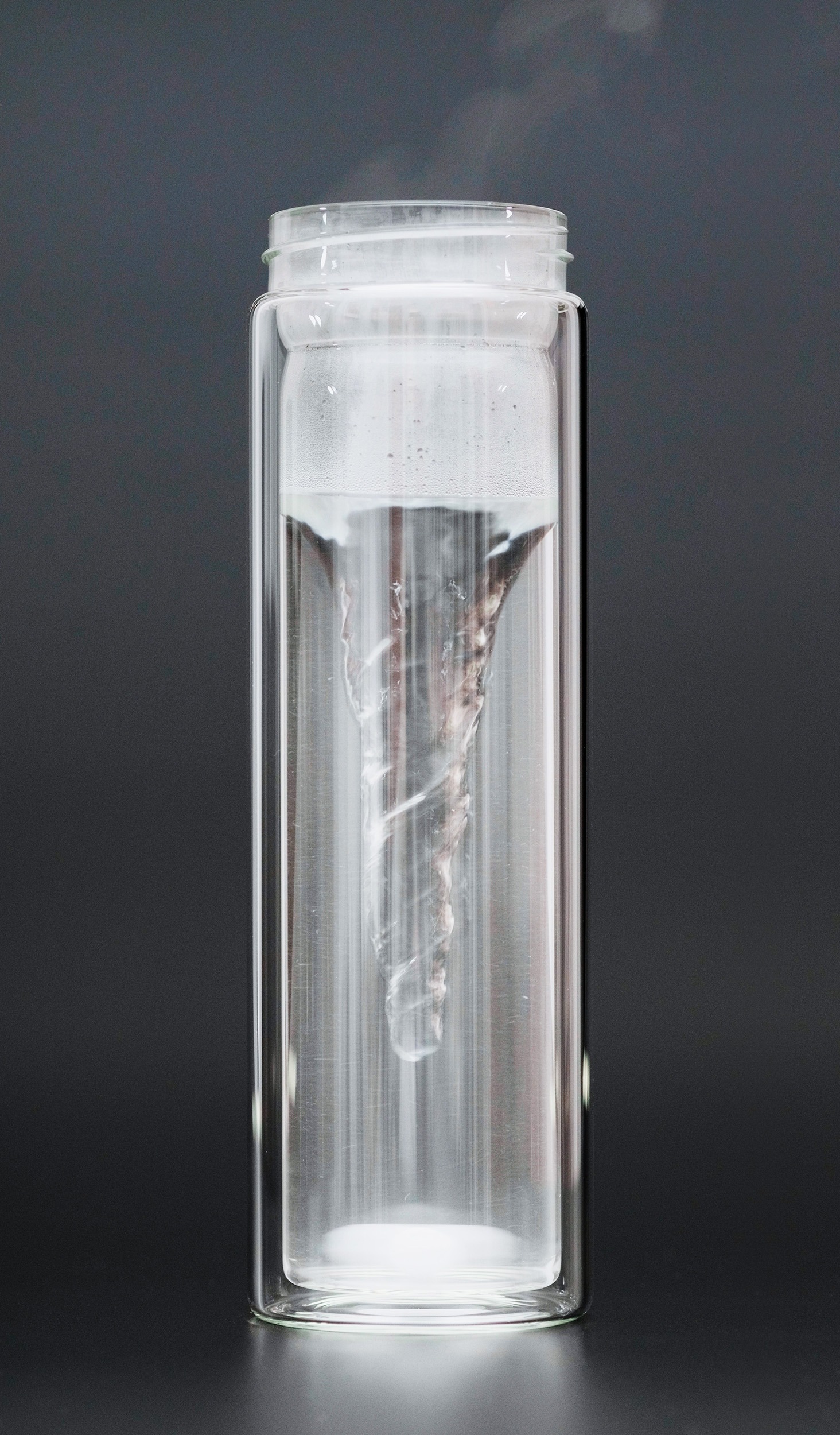
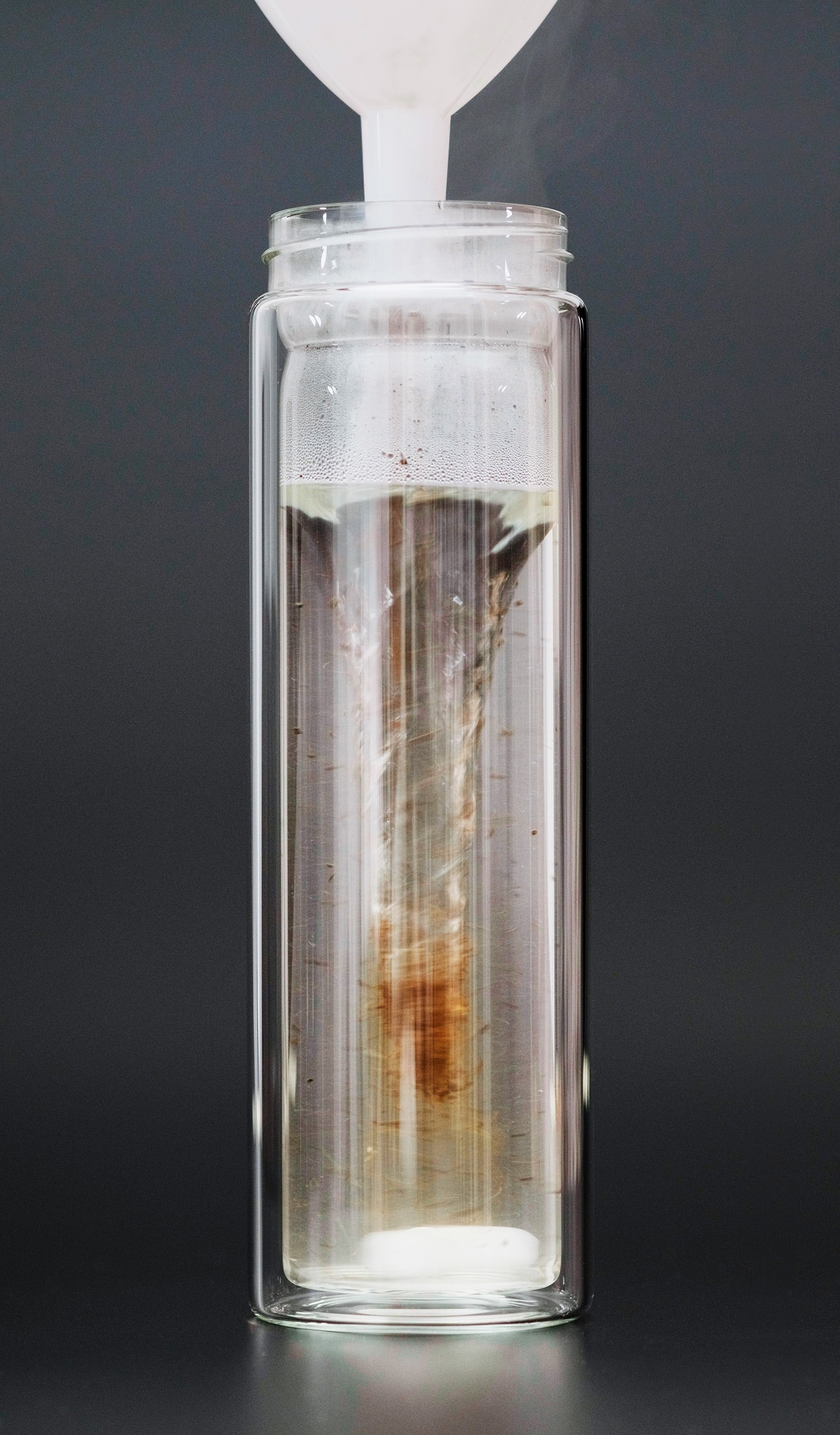
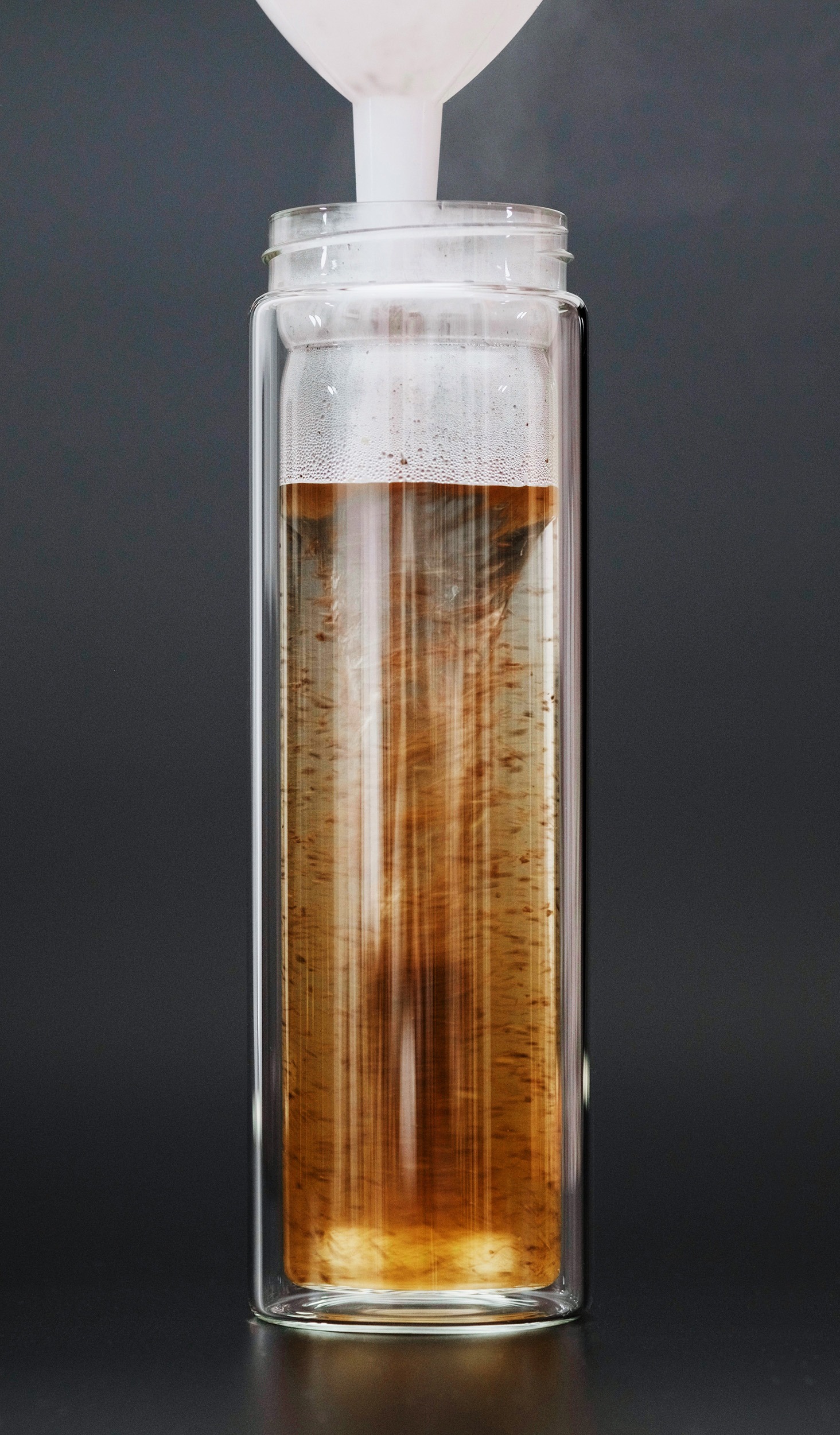
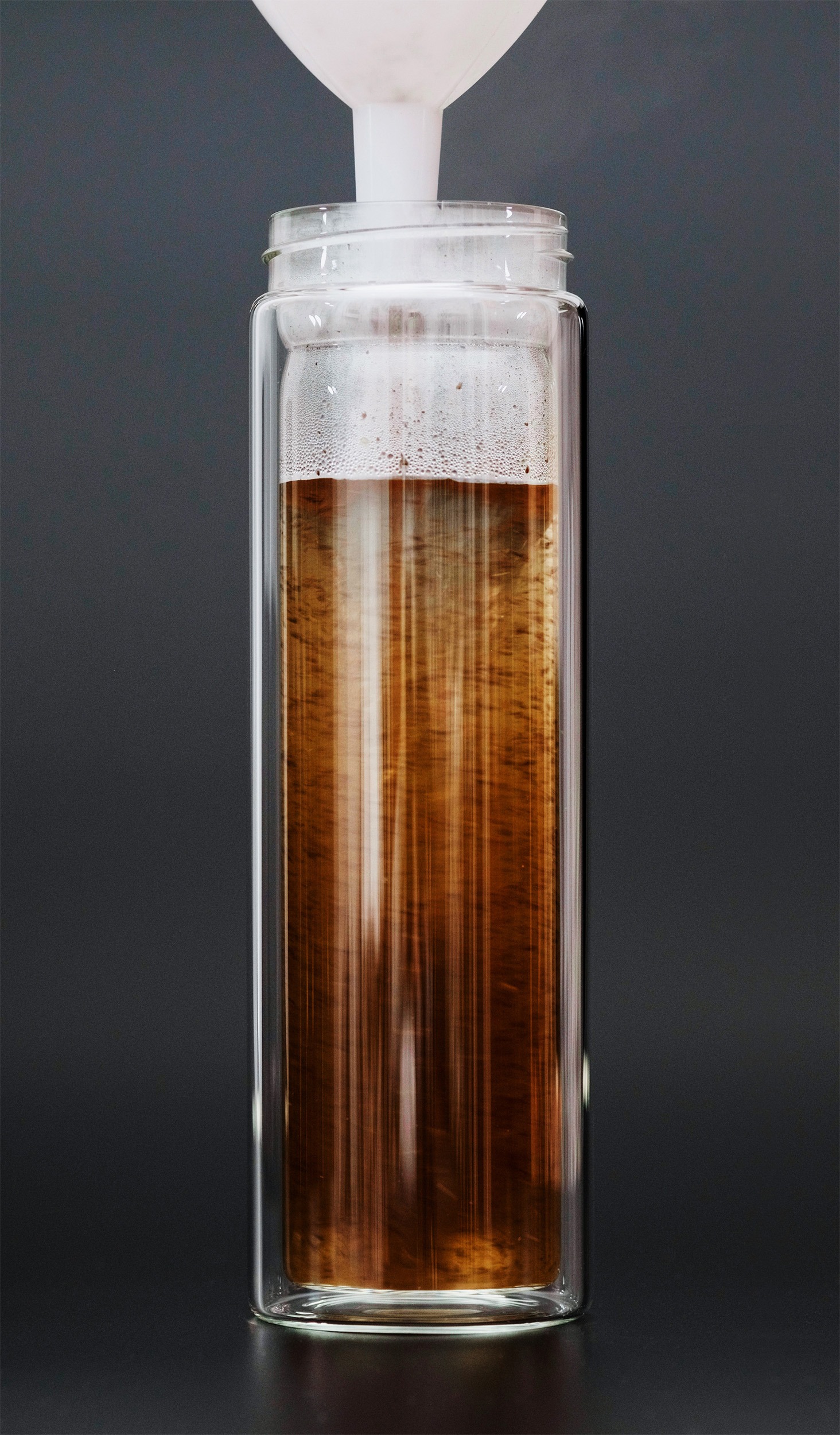
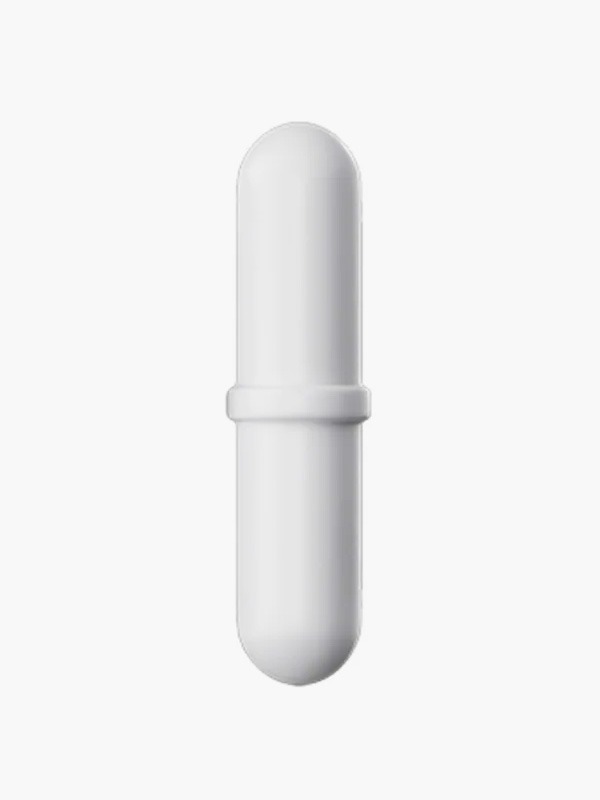

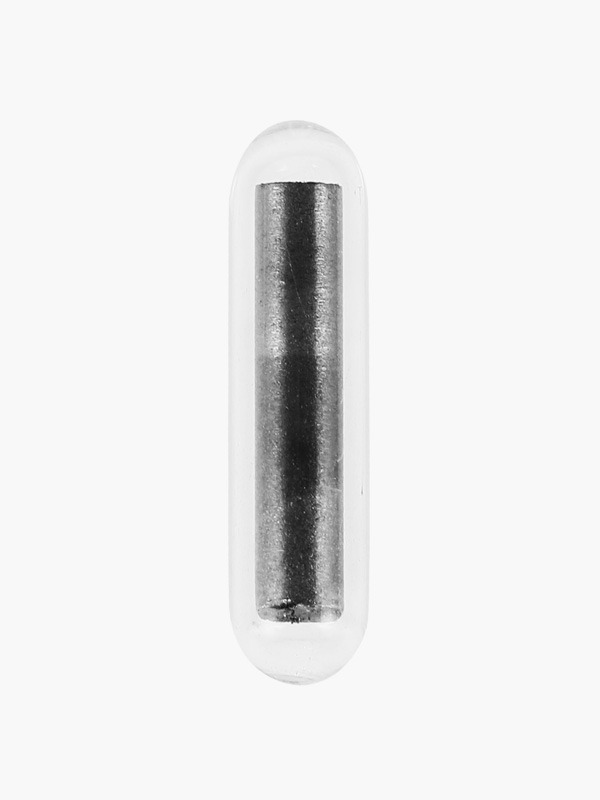
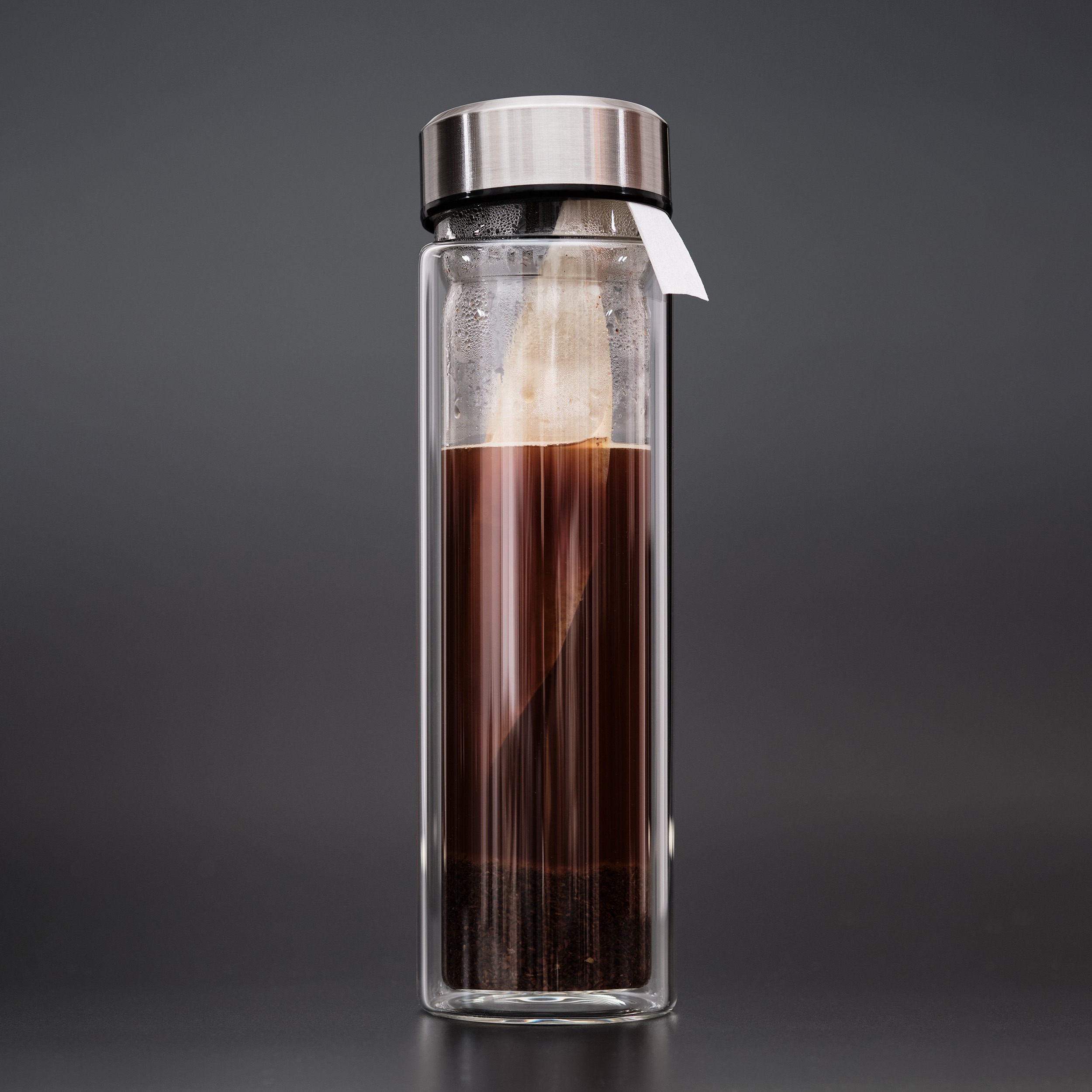
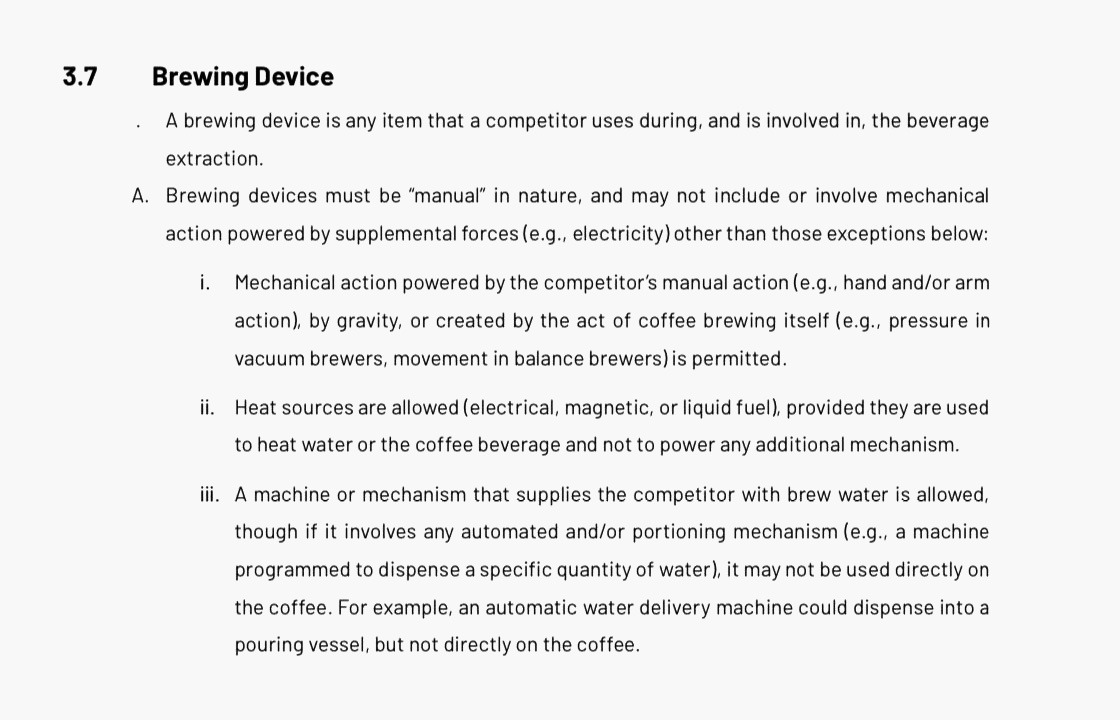

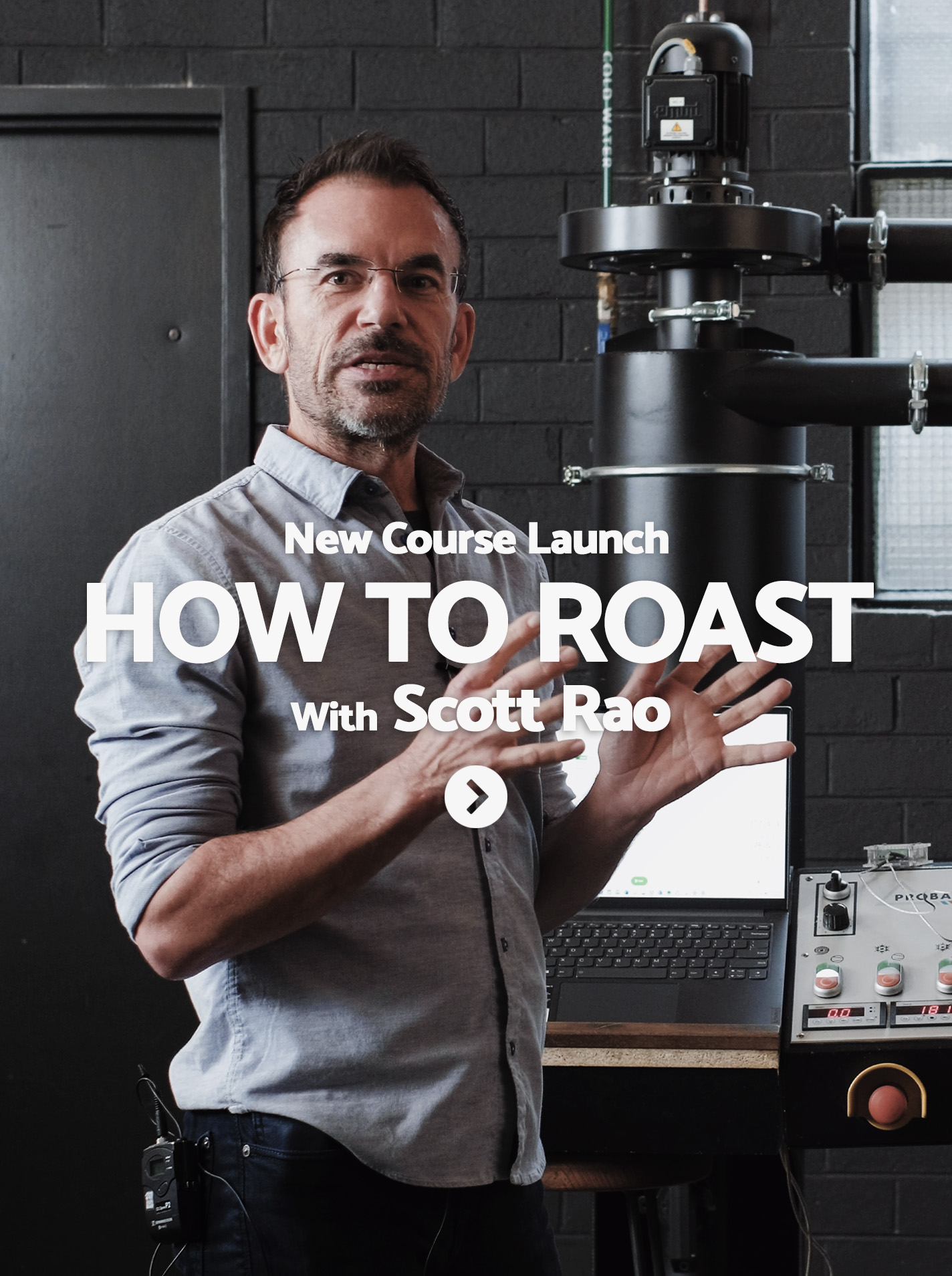
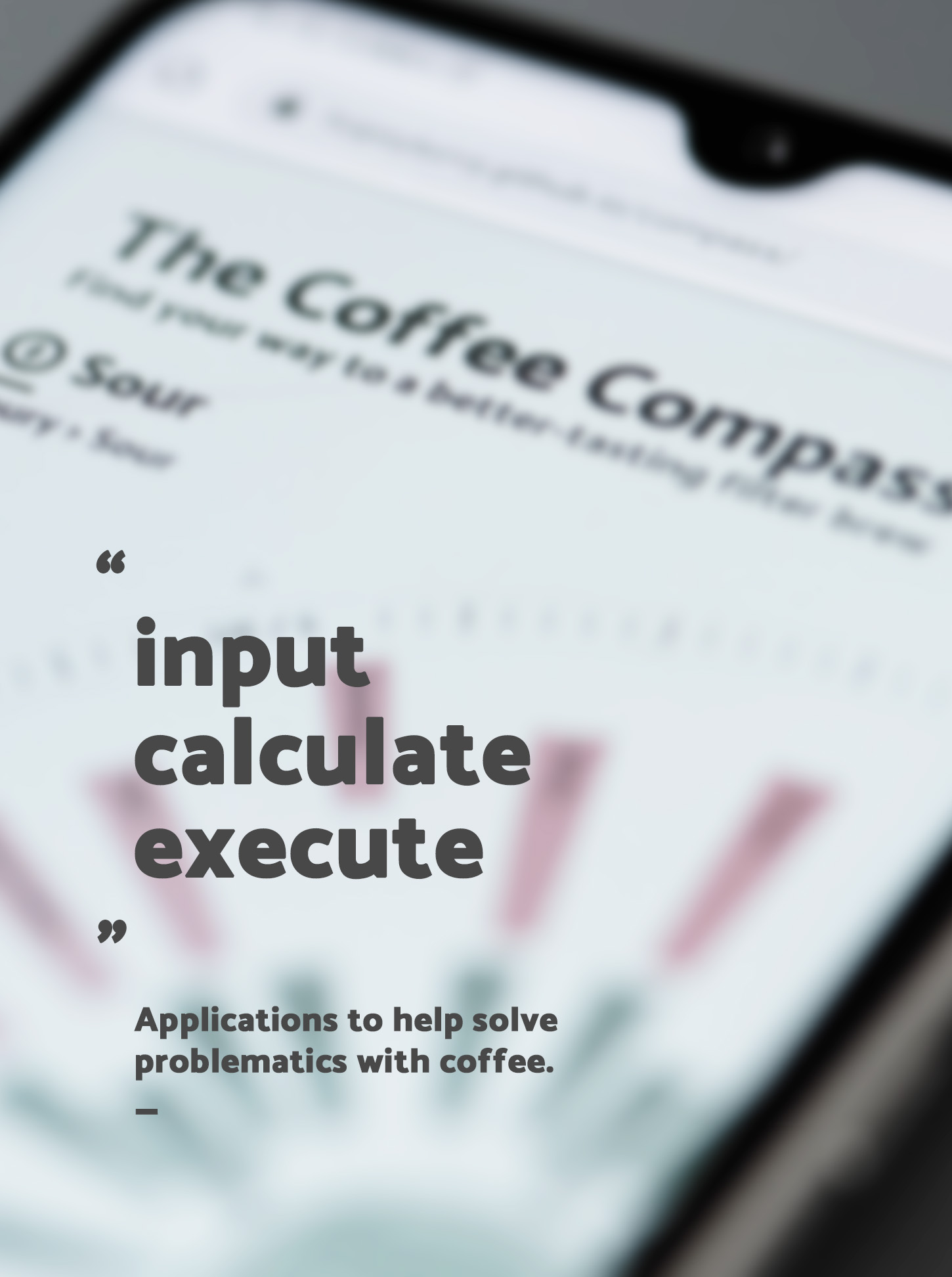

Do you think a demo of creating a ‘finesweeper’ would be possible? Either by photo or video?